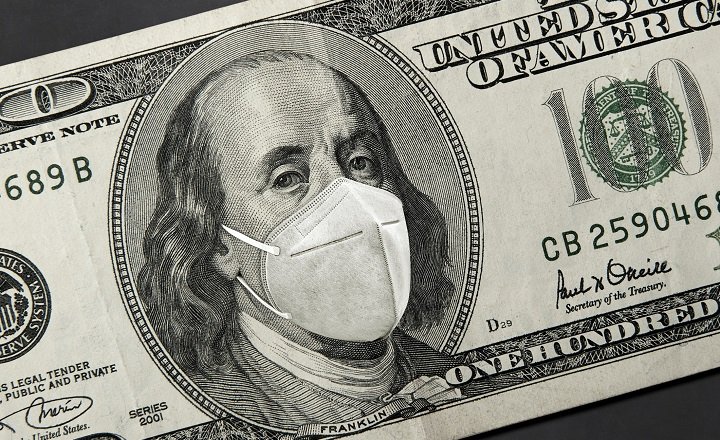The new hazardous jobs and worker reallocation

by Tito Boeri in collaboration with Bank of Italy and OECD
This paper proposes a new classification of occupations based on the extent to which they put workers at risk of contracting a viral infection. We expand on previous work that mainly focused on the identification of jobs that can be done from home by providing a more nuanced view of infection risks and by identifying jobs that, although impossible to be done from home, expose workers to low infection risks. We label jobs that can be done from home or that present a low risk of infection as “safe jobs”. We apply our classification to labour force survey data from 27 countries and find that, in most of them, the share of safe jobs is close to 50%. More variation across countries exists in the share of jobs that can be done from home. We also find that safe jobs are very unequally distributed across different types of workers, firms, and sectors. More vulnerable workers (younger, less educated, on fixed-term contracts, immigrants) are overrepresented in unsafe occupations, and therefore more at risk of suffering from the economic consequences of a pandemic. We also consider the distribution of safe and unsafe jobs between essential and non-essential activities involved by the lockdown measures. We finally assess the process of reallocation of workers to jobs that is likely to take place should the pandemic reveal to be long-lasting as well as the policy actions that could ease this reallocation and make it more efficient. In particular, we provide suggestive evidence of the extent to which the wage setting increasingly values epidemiological risk.
The Paper: "The new hazardous jobs and worker reallocation"
